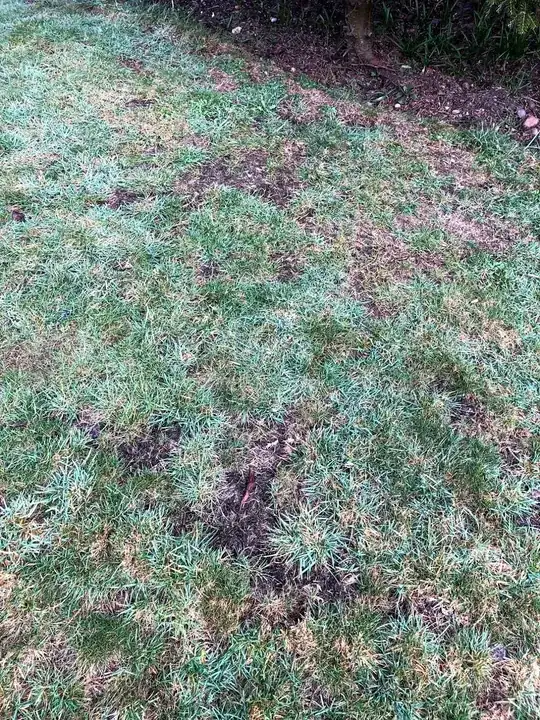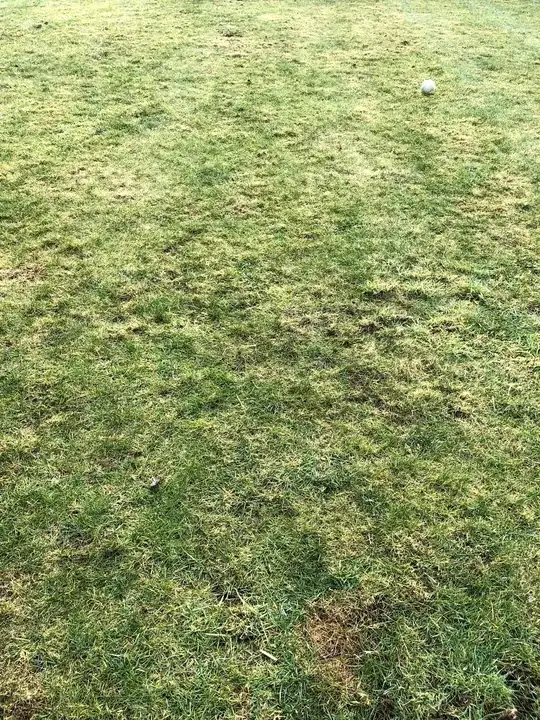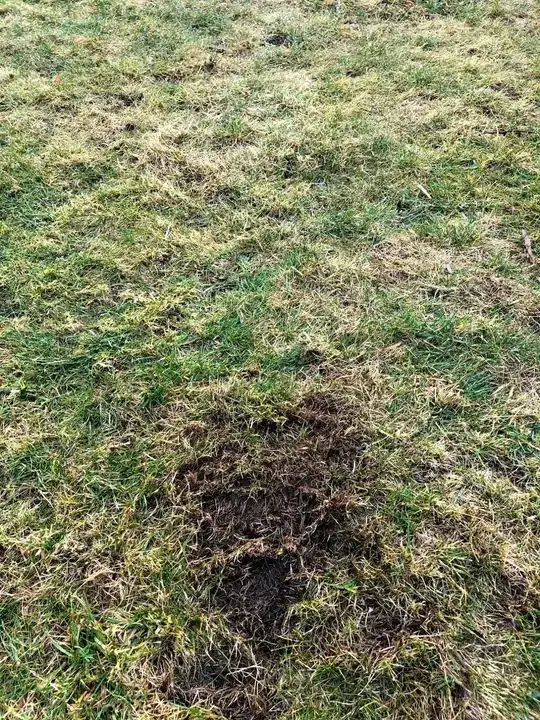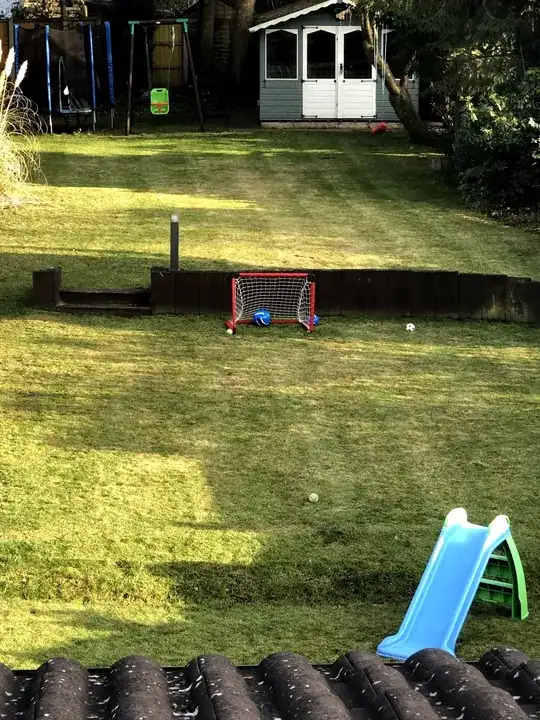Have you ruled out underground pests like cutworms, grubs beetles etc?
Do you aerate?
Are you fertilizing appropriately, i.e. high nitrogen in spring and high in Phosphorous and potassium in the fall? You may need to have a soil analysis done.
Do you mulch your grass? You may need more organic matter in your soil and mulching is a great way to keep nutrients in the soil as well as save bagging the grass. You could also add a top dressing in spring of soil, peat or manure.
As others have said, don't cut your grass too short and never cut more than 1/3 of the height of the grass. Professionals recommend a height of 2 1/2 inches, which is where I kept mine for years. This causes less stress on the plant, shades the roots, encourages rhizome propagation and reduces evaporation, so less watering is needed.
Are you over watering or watering too often? A good lawn needs 1 1/2 inches of water per week, preferably once a week to encourage the roots to go deep. Frequent light watering makes the roots weak and susceptible to damage.
So, without actually seeing your lawn it is hard to say what exactly the problem is. You might be best off to get a professional to do a consult and offer advice on how to proceed, but if you follow the basics of fertilizing appropriately, mulching or adding organic matter, appropriate watering, never cutting more than a third of the height of the grass and keeping the grass at about 2-3 inches then the lawn should sort itself out.
I quit going crazy about having a manicured lawn years ago and started over seeding with clover. Self fertilizing, less cutting and drought resistant. I only mow about 6 times a year and never water. My lawn looks fine and I have a lot more time for real gardening



